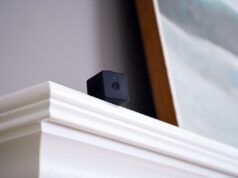Welcome to our guide on built-up roofing (BUR) systems. In this article, we will explore the advantages and disadvantages of BUR to help you make an informed decision for your roofing needs. Whether you’re a homeowner considering a roof replacement or a contractor exploring different roofing options, understanding the pros and cons of built-up roofing will empower you to make the right choice. So, let’s dive in and discover the key aspects of BUR!
Advantages of Built-Up Roofing
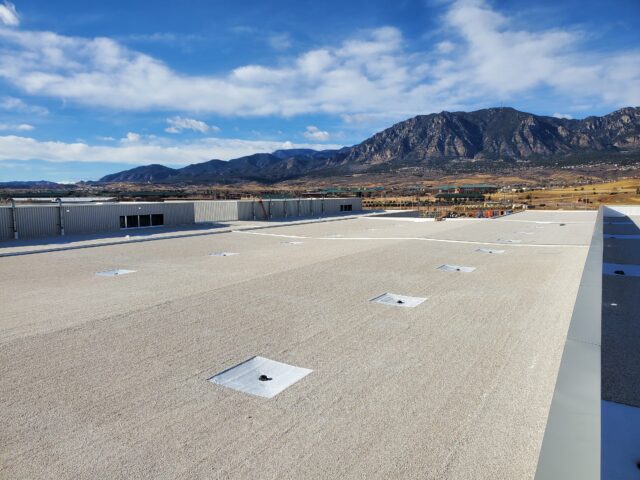
Built-up roofs offer several significant advantages that make them a popular choice in the construction industry. Let’s explore these benefits in more detail:
Durability and Longevity
Built-Up Roofs boast an impressive lifespan, typically lasting between 20 to 30 years. This extended lifespan ensures long-term protection and reduces the need for frequent replacements or repairs. When compared to other roofing systems, BURs excel in their ability to withstand various weather elements. They effectively resist UV rays, heavy rains, hailstorms, and even strong winds. This durability ensures that your building remains secure and well-protected against external forces.
Leak Resistance and Water Impermeability
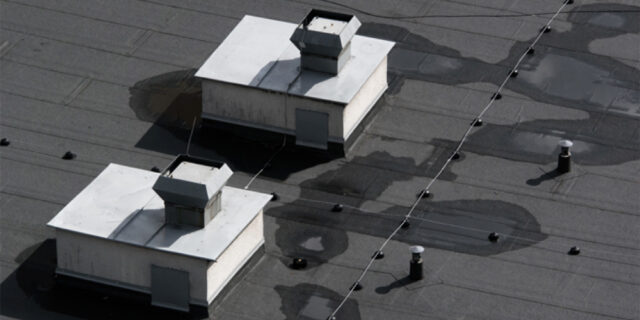
One of the standout features of built-up roofing is its exceptional leak resistance and water impermeability. The multiple layers of roofing materials, including bitumen, asphalt, and felts, are meticulously installed to provide a watertight seal. This layered construction significantly reduces the risk of leaks and potential water damage, offering you peace of mind during rainy seasons or in areas prone to heavy precipitation. Compared to single-ply roofs, BURs provide enhanced protection against water infiltration.
Thermal Performance and Energy Efficiency
Another advantage of built-up roofs lies in their thermal performance and energy efficiency. The insulating properties of BURs help regulate indoor temperature, reducing the need for excessive heating or cooling. With the added insulation provided by the multiple layers, BURs achieve a higher R-value, which measures the resistance to heat flow. By maintaining a comfortable indoor climate more efficiently, you can potentially save on heating and cooling costs, making BUR an economical choice in the long run.
Disadvantages of Built-Up Roofing
While built-up roofing offers numerous advantages, it’s essential to consider its disadvantages as well. Let’s explore some of the challenges associated with BUR:
Weight and Structural Considerations
Due to the layered construction of built-up roofs, they can add significant weight to the structure of a building. It is crucial to evaluate the existing structure’s load-bearing capacity and ensure it can support the additional weight of the BUR system. Engaging a structural engineer is recommended to assess the suitability of your building and identify any reinforcement requirements before installation.
Installation Complexity and Labor Intensity
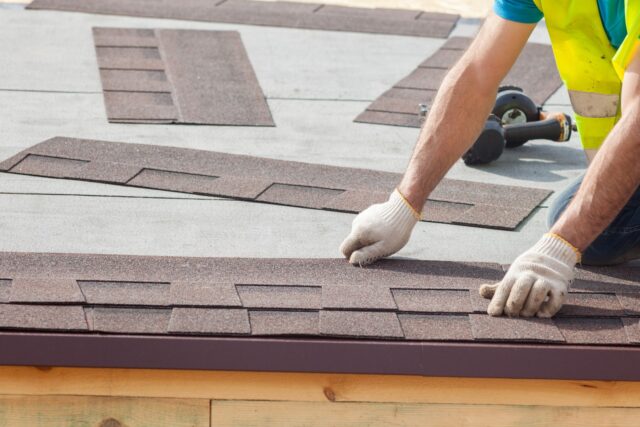
Installing a built-up roof involves a detailed and labor-intensive process. Multiple layers of roofing materials, such as bitumen, felt, and asphalt, are applied using hot asphalt or adhesives. The complexity of the installation requires skilled labor and specialized equipment to ensure proper adherence and uniform coverage. While this ensures a high-quality installation, it can also increase the overall installation cost compared to simpler roofing systems.
Vulnerability to Fire Risk
Built-up roofs contain bitumen and other combustible materials, making them vulnerable to fire risk. However, it’s essential to note that proper fire-resistant measures can be implemented to mitigate this risk effectively. Applying gravel or mineral surfacing to the top layer of the BURf can provide an additional fire-resistant barrier, enhancing the overall safety of the roofing system.
Frequently Asked Questions
Are built-up roofs suitable for all types of buildings?
Built-up roofs are versatile and can be used for various types of buildings, including residential, commercial, and industrial structures. They are particularly suitable for flat or low-slope roofs. However, it is important to consider the specific requirements and characteristics of your building. Consulting with a roofing professional or contractor can help determine if a BUR is the right choice for your specific building type and needs.
How often should BURs be inspected and maintained?
Regular inspection and maintenance are crucial to ensure the longevity and performance of built-up roofs. It is recommended to have a professional inspection at least once a year, ideally before and after the harshest weather seasons. Maintenance tasks may include removing debris, checking for any signs of damage or deterioration, resealing seams, and addressing any potential issues promptly. Following a proactive maintenance schedule will help identify and address minor problems before they escalate into significant and costly repairs.
Can built-up roofs be repaired easily?
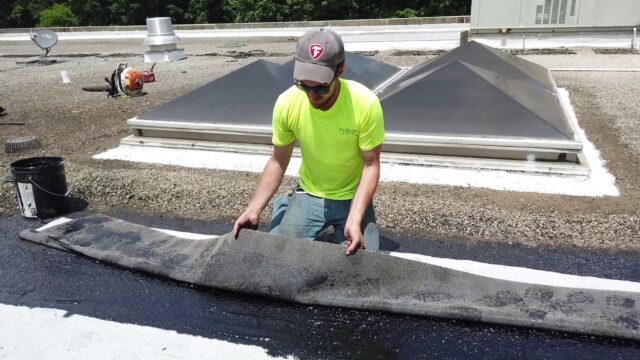
Yes, built-up roofs can be repaired when damage occurs. The repair process involves identifying the damaged area, removing the affected layers, and replacing them with new materials. It is important to address repairs promptly to prevent further damage and maintain the integrity of the roofing system. Engaging the services of a professional roofing contractor is recommended to ensure proper repairs and to extend the lifespan of your BUR.
Do built-up roofs require additional insulation?
BURs inherently provide some level of insulation due to their layered construction. However, depending on the specific insulation needs of your building, additional insulation may be recommended. This could involve installing insulation boards or reflective barriers beneath the BUR to enhance thermal performance further. Consulting with a roofing professional will help determine the optimal insulation solution for your building, considering factors such as climate, energy efficiency goals, and local building codes.
Are built-up roofs environmentally friendly?
Built-up roofs can contribute to environmental sustainability in several ways. First, their durability and long lifespan reduce the need for frequent replacements, minimizing material waste. Second, the insulation properties of BURs can enhance energy efficiency, leading to reduced energy consumption and carbon emissions. Additionally, selecting reflective surfacing options for the top layer can help mitigate the urban heat island effect. When considering the environmental impact, it is crucial to choose high-quality, sustainable roofing materials and follow proper installation and maintenance practices.
Can built-up roofs be installed over an existing roof?
In some cases, BURs can be installed over an existing roof, depending on the condition and type of the existing roofing system. However, it is essential to evaluate the structural integrity and load-bearing capacity of the building to ensure it can support the additional weight. Additionally, proper preparation and inspection of the existing roof are necessary to identify any issues that may affect the performance of the new BUR. Consulting with a professional roofing contractor will help determine the feasibility of installing a built-up roof over an existing one.
What is the estimated cost of installing a BUR?
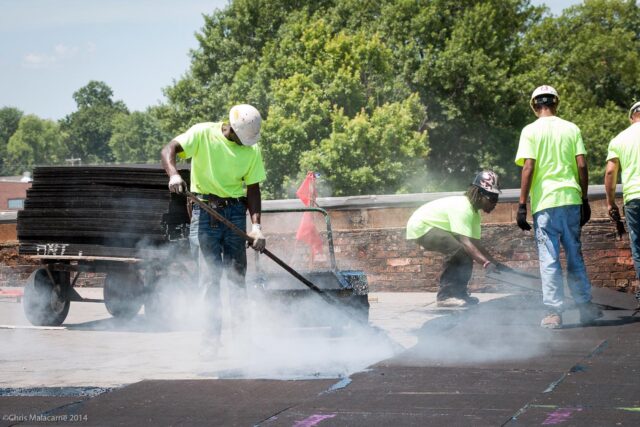
The cost of installing a BUR can vary depending on various factors, such as the size of the roof, complexity of the installation, choice of materials, and location. It is recommended to obtain multiple quotes from reputable roofing contractors to compare costs and ensure a fair estimate. Keep in mind that while built-up roofs may have a higher upfront cost compared to some other roofing systems, their long lifespan and durability can result in cost savings over time due to reduced maintenance and replacement needs.
Remember, if you have any further questions or need expert advice, consulting with a professional roofing contractor is always recommended. They can provide personalized insights and guidance based on your specific needs and circumstances.




